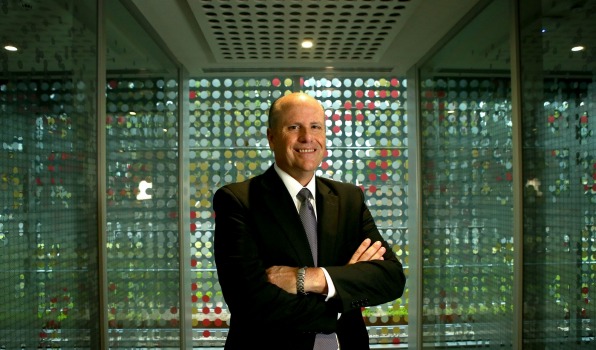-
Tips for becoming a good boxer - November 6, 2020
-
7 expert tips for making your hens night a memorable one - November 6, 2020
-
5 reasons to host your Christmas party on a cruise boat - November 6, 2020
-
What to do when you’re charged with a crime - November 6, 2020
-
Should you get one or multiple dogs? Here’s all you need to know - November 3, 2020
-
A Guide: How to Build Your Very Own Magic Mirror - February 14, 2019
-
Our Top Inspirational Baseball Stars - November 24, 2018
-
Five Tech Tools That Will Help You Turn Your Blog into a Business - November 24, 2018
-
How to Indulge on Vacation without Expanding Your Waist - November 9, 2018
-
5 Strategies for Businesses to Appeal to Today’s Increasingly Mobile-Crazed Customers - November 9, 2018
CSL sees rebound after 18 per cent profit slide
The flu vaccine business is due to break even in 20187.
Advertisement
Losses from the former Novartis biz dragged on CSL’s overall results, pulling profit down 10% to $1.24 billion and initiating a 5% share slide that wiped $2.5 billion off of the company’s value, according to the Australian Financial Review.
The $US275 million acquisition of the Novartis unit last July pushed CSL’s Seqiris flu vaccine business – which includes the Novartis assets – to second largest globally behind French drug maker Sanofi.
CSL plans to raise $US500 million ($A649 million) to plough into the biotechnology giant’s extensive operations and has flagged another share buyback of up to $500 million after delivering mixed annual earnings results.
The group says it will consider a further on market share buyback program of $A500 million following the completion of its current $A1 billion buyback, which was unveiled in October 2015.
CSL plans to raise $US500 million in the United States market later this year, with Mr Perreault saying the funds would be invested in Seqirus, other expansion and capital management.
For 2017, CEO Paul Perreault forecasts 11% profit growth and a 14% rise in EBITDA (earnings before interest, tax, depreciation and amortisation). For Australian tax purposes, CSL’s dividend is unfranked.
On an underlying and constant currency basis – stripping out one-off effects and currency movements – profit rose by 5 per cent to $US1.42 billion (1.84 billion), in line with analyst expectations. But the figure strips out the Novartis unit.
Advertisement
“In our 100th anniversary year, it is clear CSL has evolved from an organisation that largely brought worldwide discoveries to Australians – to an established and growing global leader which translates its own early research into commercial medicines for patients in more than 60 countries”, said CEO Paul Perrault, according to The Australian.





























